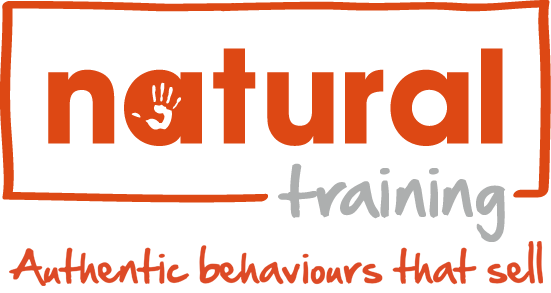Outstanding Presentation . . . Horrendous Q&A
It can strike anyone at any time. The dreaded Q&A bomb.
Just when you think the presentation has gone swimmingly and it’s time to open it up for questions from your audience . . . the unthinkable happens. You stumble on the first question. You hesitate, unsure what to do.
A short while after David Cameron was appointed Prime Minister, his Blackberry rang during a Q&A session in front of the United Arab Emirates where he was pitching British made military equipment. He panicked. And threw the phone across the room to the British Ambassador who, regrettably, did not catch it.
We can all be caught unaware during a Q&A for many reasons. What matters most is how you handle it. The following tips are meant to help you out of sticky situations during a Q&A that might not be going as well as you’d like…
1. How to handle unexpected interruptions.
We all forget to turn our smartphones off from time to time. Most of us would immediately silence our phones and apologize. Not wing it across the room. But there are other incidences that you can prepare for ahead of time. Seasoned professional speakers have plans in place should any interruptions happen, such as the microphone not working, a group of people talking loudly during the Q&A, or a waiter interrupting a business dinner Q&A. The key is to think about any interruptions ahead of time and have a plan for what to do.
2. What to do when you don’t know the answer.
In a perfect world, you’ve prepared in advance for any and all questions you think your audience might ask. This means you’ve thought seriously about your audience’s needs, fears, and desires, and have addressed those either in your presentation or are ready to tackle them in the Q&A. But when a question is posed that you don’t have the answer to, you have some options. If the question is not directly relevant to your presentation, you can acknowledge the asker and say something along the lines of “I’m here today to answer any questions on [your topic] and in the interest of our time constraints, I’d like to stick to that subject. I’d be happy to talk to you afterwards about your question.” Or if the question is controversial and you don’t want to get into an argument, you can bat it back to the audience by saying “That’s an interesting point. I’d like to hear what some of the others think about that.” BUT if you truly do not know the answer to a valid question, always tell the truth. “I don’t know, but give me your contact information, and I’ll find the answer and get back to you right away.” Hopefully, you won’t have to say that many times during your Q&A, which means you didn’t prepare well enough or your presentation missed the mark.
3. Maintain control.
Remember, you are the leader during the Q&A, and it’s up to you to set the tone and the ground rules. Make sure everyone understands what your rules are, such as one-at-a-time questions, the duration of the Q&A session, and what types of questions you’ll be taking. If, for example, during a Q&A after a sales pitch, someone in the group monopolises the Q&A with questions that are outside of the scope of your presentation, ask the most senior executive in attendance if they would like you to continue along this vein or take other questions instead.
4. How to handle a hostile question.
You can have a hostile audience in several different situations, or even just one hostile individual who either has another vendor in mind for the job, or has an alternate agenda in mind. Never tell someone they’re wrong. This will backfire every time, as your audience will react with sympathy towards the asker. Always remain cool and confident, even if you’re quaking inside. Once you’ve lost your temper, you’ve lost your audience and most definitely the sale. And watch your body language. Hands on hips or a finger across your lips signals to your audience that you’re holding back an admonishment. Finally, don’t tip toe around difficult issues. Face them head on and bring the conversation back around to your presentation specifics. Think of hostile questions as your opportunity to show what you’re made of and how your product or service is truly their best option.
One final note — always end your Q&A session on time and with a concluding statement that reiterates the high points of your presentation. Never end on an insubstantial “Well, if there’s no more questions, I guess we’re done here.”
The best way to handle Q&A sessions is to practise, practise, practise – just as much as you practise giving your presentation.
If you’d like to get further expert tips and strategies for handling Q&A sessions, our experts at Natural Training have a wealth of information they can share. Our Presentation Skills Training can be tailored to focus on this area of your presentations. Call our team today to discuss how you can learn to manage the perfect Q&A session – 020 7043 1582.
Good luck everyone!
Got a comment?
Catch us on Social Media and join the discussion!


